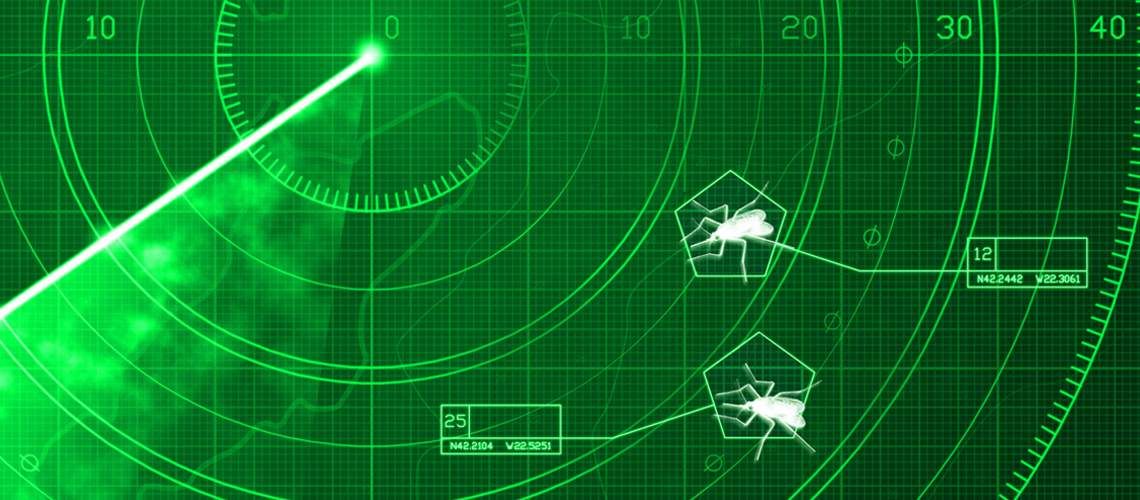

Testing Dogs for Leishmania in Non-Endemic Countries
Nearly all veterinary professionals in Italy and Spain routinely test dogs for Leishmania as part of their wellness programs. They're familiar with the endemic parasite—in addition to taking preventive measures, monitoring for Leishmania in dogs is a large part of parasite control programs.
However, in non-endemic countries in Northern Europe, such as the UK and Germany, this isn't the case. But, the increasing number of relocated dogs from endemic countries means an increase in the likelihood that veterinary surgeons in non-endemic countries will encounter the parasite. The risk of local transmission is also climbing as a result. This means that testing dogs for Leishmania in non-endemic countries is rapidly becoming more important.
Use the SNAP Leishmania test in-clinic for fast, easy Leishmania results.
Here's what you need to know about Leishmania and its spread throughout Europe.
What Is a Leishmania Infection?
Leishmania spp. are intracellular protozoan parasites that cause a range of clinical disease syndromes collectively known as leishmaniasis. Different Leishmania spp. are endemic in Southern and Eastern Europe, South America, Africa, and Asia with canine leishmaniasis predominantly caused by Leishmania infantum. Transmission occurs primarily through infected phlebotomine sandfly bites, but Leishmania can also be transmitted through other routes, including blood transfusions and congenital and venereal infections. Scientists are also tracking the first reported cases of transmission via direct dog interactions, such as dog bites.
Leishmaniasis is a chronic and potentially fatal disease with multiple presentations and remission periods. Symptoms are due to immune complex deposition in various organs—including swollen lymph nodes; skin issues such as generalised and focal alopecia, hyperkeratosis, or dermal ulcers; and visceral organ damage leading to weight loss, splenomegaly, and renal signs associated with glomerulonephritis. Less commonly polyarthritis, thrombocytopaenia, ocular inclusion bodies, uveitis, and neurological signs associated with spinal and granulomatous diseases of the central nervous system may be present. These signs may develop within months, but some dogs may be asymptomatic for years after initial infection.
Dog Relocation from Endemic Countries
Dogs are often relocated as rescues as a result of events that affect their welfare including natural disasters, stray overpopulation, and the canine meat trade. It's not always possible to rehome rescue dogs in their country of origin, especially as the public desire to adopt dogs in need from abroad increases. This is driven in part by social media and increased awareness of homeless dogs in other countries. A higher demand for puppies during the COVID-19 pandemic has also increased illegal puppy imports as well as the importation of dogs for breeding.
The relocation of these dogs from endemic countries can contribute to the spread of Leishmania infection and bolster the need for regular testing during wellness exams.
The Establishment of Leishmania in Non-Endemic Countries
Despite the absence of the sandfly vector in Northern European countries, the risk of Leishmania being transmitted and persisting in endemic foci is increasing due to a perfect storm of factors.
- Increased distribution spread in Central and Eastern Europe: Leishmania is expanding at least seasonally into parts of Central and Eastern Europe. It's also increasing in prevalence in the South of Europe. This is due to a combination of the increasing movement of infected animals and climate change supporting the spread of the sandfly vector.
- Potential establishment of sandflies in novel countries: While sandfly vectors aren't currently thought to be currently endemic in Northern Europe, climate change is likely to make conditions more favourable for their spread.
- Numbers of dogs travelling abroad with their owners increasing: Leishmania endemic countries such as Spain, Greece, and Italy remain popular tourist destinations for people taking their pets abroad from Northern Europe. This puts these pets at risk of Leishmania infection while they're abroad.
- Increasing importation of Leishmania-positive dogs into non-endemic countries: Increasing numbers of Leishmania-positive imported dogs are creating a potentially significant reservoir of infected animals. If the infection is not identified, positive dogs may unwittingly be used for breeding or as blood donors.
- Increased risk of horizontal transmission in the absence of sandflies: As the number of Leishmania-positive dogs increases in non-endemic countries, so does the risk of horizontal transmission. This may be via dog bites but also through other currently unknown routes. Cases of horizontal transmission have been recorded in the UK in the absence of the sandfly vector and without the dogs in question having been used for breeding or as blood donors. It's currently unknown how these infections occur.
The Importance of Testing Dogs in Non-Endemic Countries
Early diagnosis is important to improve the outcomes of clinical management, to limit transmission of infection, and to track areas where transmission may be occurring.
Screening for Leishmania is especially important in:
- Imported dogs.
- Dogs that are intended to be used for breeding.
- Dogs that are blood donors.
- Dogs that have had contact with infected dogs.
- Dogs whose parents may have originated from abroad.
As the number of infected dogs in a country increase, it can be seen how wide the testing net will need to become and how difficult it will be to detect the majority of positive dogs. This makes collaborative efforts between veterinary and public health authorities crucial to track possible areas of transmission and sources of infection through case recording, sharing of cases, and mapping. Without testing, we won't know how or where the transmission may be taking place. If trends in positive infections continue to rise, there will be a strong argument for the routine screening of all dogs in non-endemic countries.





